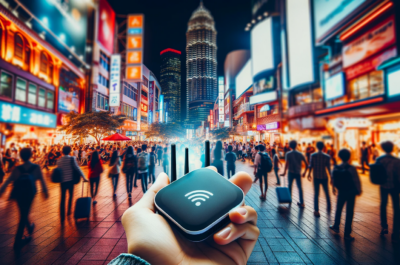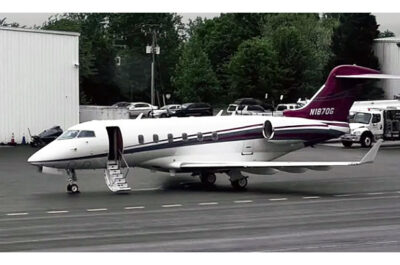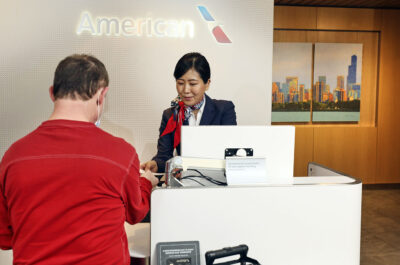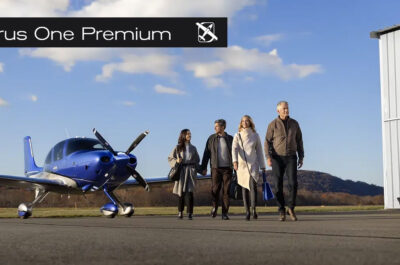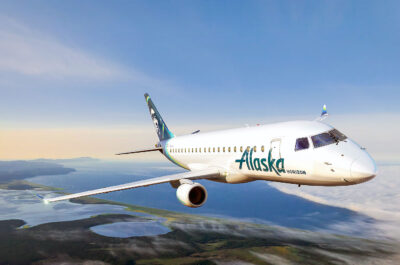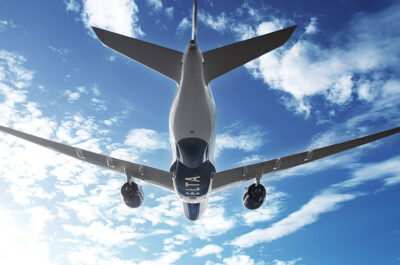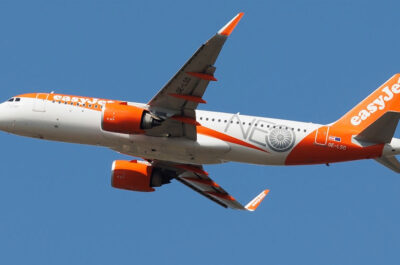Another factor we take into account regarding the likelihood of virus’ spreading is the ability to maintain it in the environment outside the human body. This has to do with the type of virus, the conditions of the environment, the type of surface that the virus will end up with.
The problem with the current, global spread of the new coronavirus 2019-nCoV is an opportunity to learn, remember and, above all, apply certain hygiene rules to avoid disease and spread of respiratory system’s infections.
Simple hygiene habits
The frequent and appropriately washing of our hands, coughing and sneezing using a disposable paper handkerchief in front of our mouth, which we then throw it in the trash basket or in the emergency case where we do not have a tissue, coughing or sneezing are done inside our elbow (and not in our palm) and other simple things to do, protecting us and those around us from diseases transmitted by droplets from our respiratory system.
Infection on the plane
Evidence so far shows that the new coronavirus is mainly transmitted by the respiratory system, in the same ways that the flu is transmitted. The Influenza Guidelines define as increased conditions for exposure to the infectious agent the presence of an infected host at a distance of less than 2 meters for more than 10 minutes.
However, as much as it is possible in our daily lives, to get away from a sick person, this is practically impossible when it comes to making a plane trip, in which we will be forced to stay in the same place as other people for several hours.
Another factor we take into account regarding the likelihood of virus’ spreading is the ability to maintain it in the environment outside the human body. This has to do with the type of virus, the conditions of the environment, the type of surface that the virus will end up with. Moisture favors the existence of the virus, while the dry environment "makes it difficult". Also, porous surfaces appear to retain viruses more than smooth, non-porous ones. Inside the plane, the flight time is fixed and we cannot interfere with it. But the distance from a possible carrier of a respiratory infection is something we can change.
What can we do on the plane
There are three factors to which we can intervene as passengers on an air trip.
The first is to limit our movements on the plane to the necessary ones. Many passengers get used to moving out of their seat for a variety of reasons (toilet, stretching, checking their travel bag or taking something out of it from the overhead bin, etc.). In such cases, we come in contact to other passengers who may be carriers. The fewer movements we make, the fewer contacts we have.
The second factor to maintain a "safety distance" is the position of our seat. Research has shown that the "safer" seat is the window one, unlike the aisle one. According to the survey, window seat passengers have, on average, 12 less close encounters compared to aisle seat passengers.
The third factor is cleaning of our living space. That is why we must have provide ourselves before our air travel with alcohol-based hand sanitizers. A small bottle with antiseptic liquid is also useful.
Practical advice for airplane passengers against virus spreading
Using a simple mask is the first and simplest protection way one will think of, but is that enough? We can follow a few more simple tips:
- Choose, if possible, a window seat.
- Choose, if it is possible, that your seat is not next to the restroom, as it is a spot visited by many passengers.
- Use alcohol-based sanitizing wipes as soon as you sit in place in order to clean your tray table, armrests, the surface of the cabin’s "wall" next to you, your window’s glass, your seat belt and seat buckle.
- After sitting down, disinfect your hands with sanitizing wipes to avoid transmission from so many surfaces which you have inevitably come into contact with (overhead bin, seats, etc.).
- Open your overhead air vent and adjust it towards your face. The continuous airflow creates a small, invisible “wall” that restricts, at least slightly, the exhaled air from other passengers.
- Limit your inboard movement. For this reason, be sure to visit the airport restroom before the flight, take out of your backpack whatever may be useful to you before sitting, use anti-DVT seating techniques so you don't have to get up for stretching.
- Avoid putting your hands on your face. Possible entrance gates of microbes and viruses into your body are the mouth, nose, and eyes.
- Do not use the airplane’s magazines located in your seat holder. They've probably been grabbed by dozens of previous passengers' hands. To pass your time pleasantly, be sure to bring your own magazines. Using your own tablet to see a movie, listen to music, read an e-book or see an e-magazine is preferable.
- Immediately after landing, do not rush up on the aisle for your exit. It usually takes several minutes before the doors open and passengers start to come out slowly and you don't want all this time to be in "close encounter" on the plane’s aisle with other passengers, potential carriers of an infection.
With these simple procedures and tips, with knowledge and care, your air trip can be safer, more enjoyable and especially healthier.
Epameinondas Christopoulos, MD is Medical Tourism Executive Coordinator, Director of MED ELITE.










































































































































































